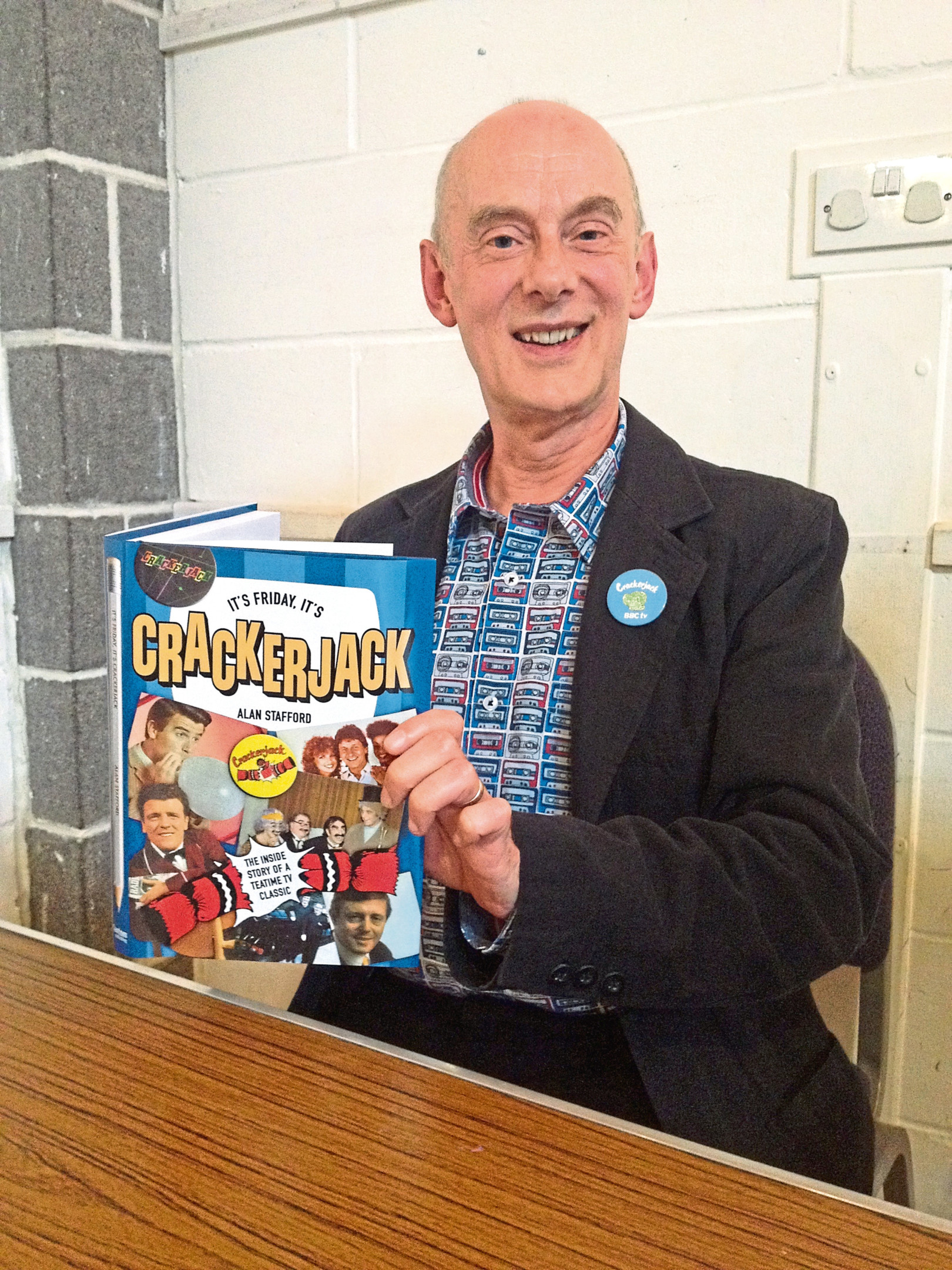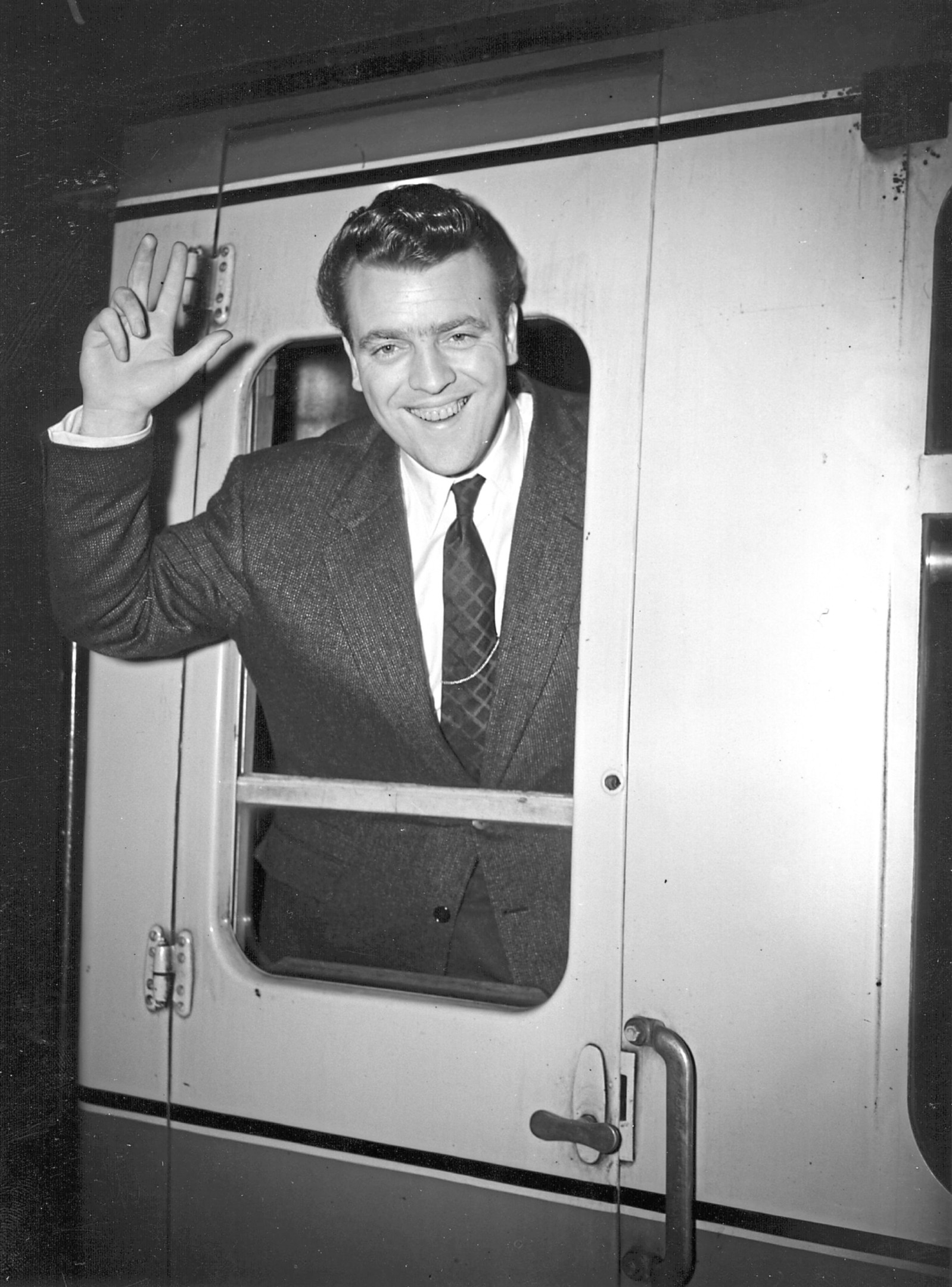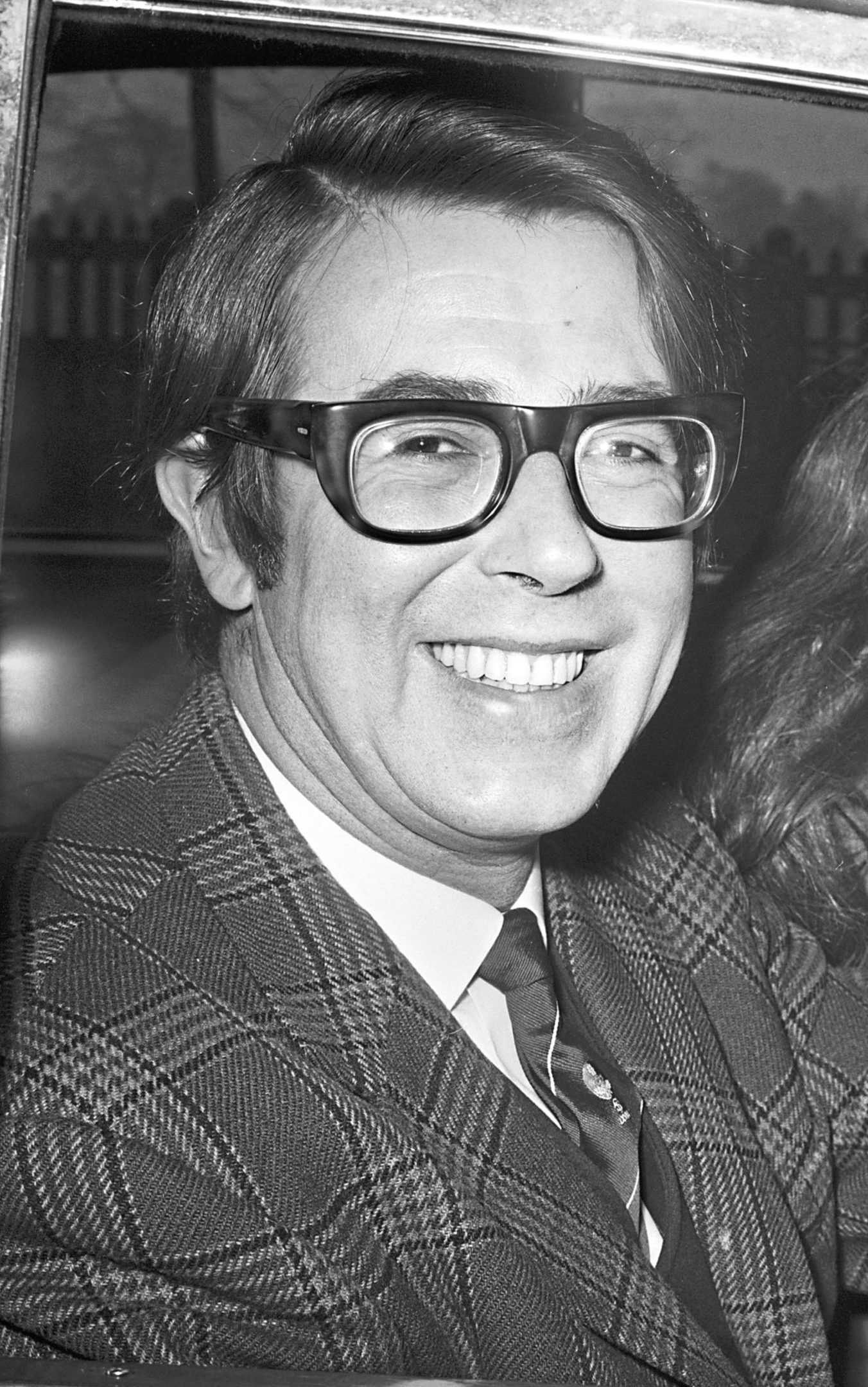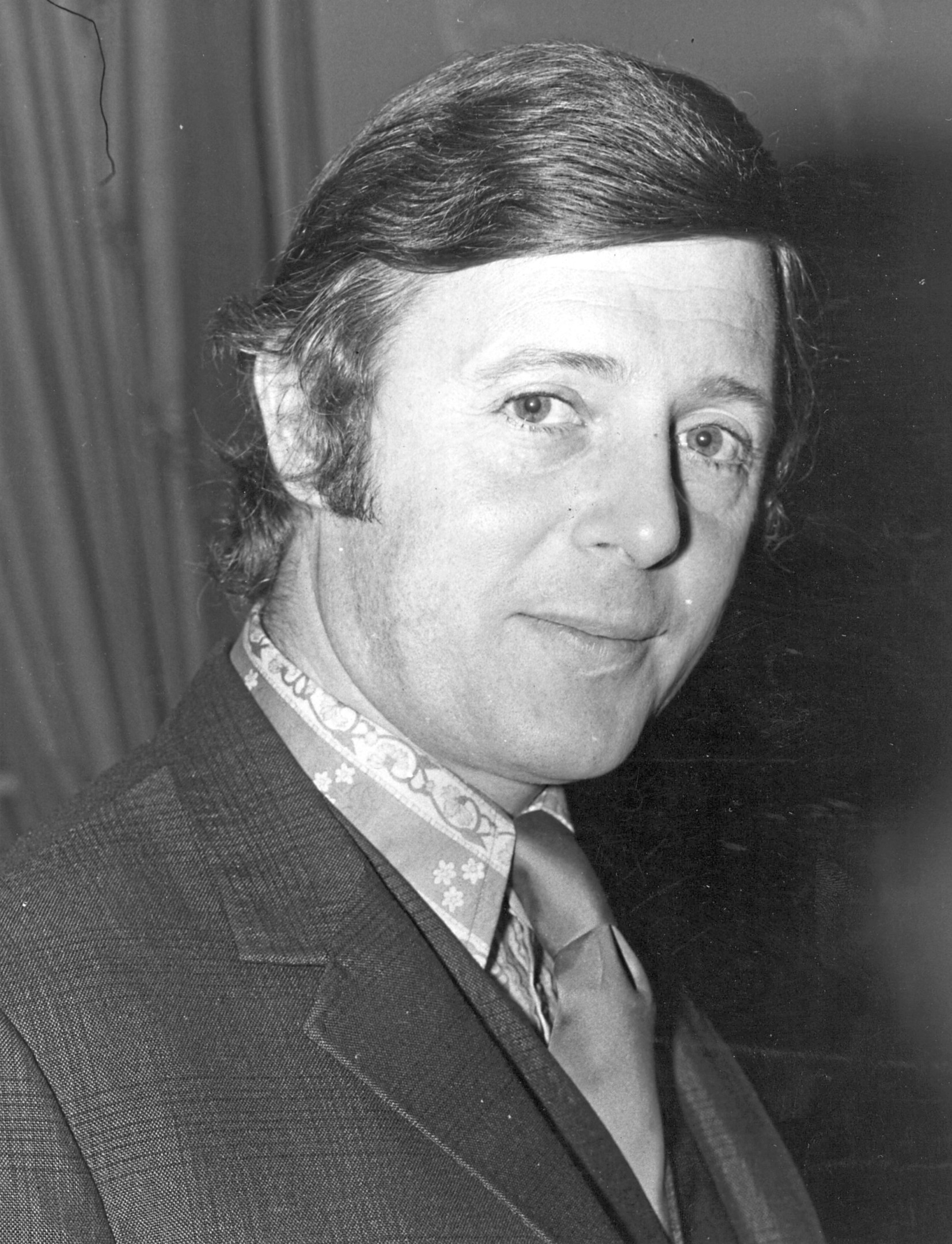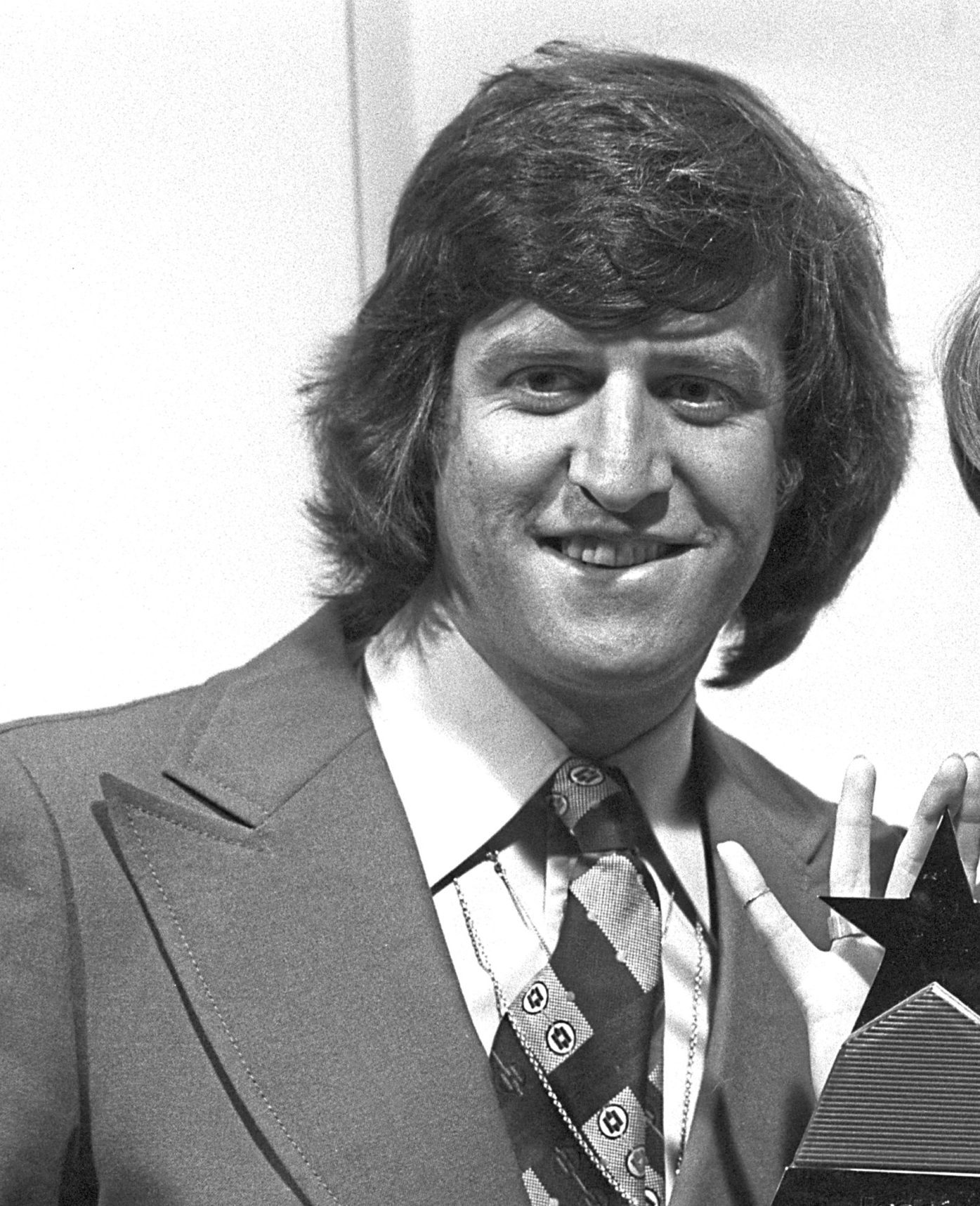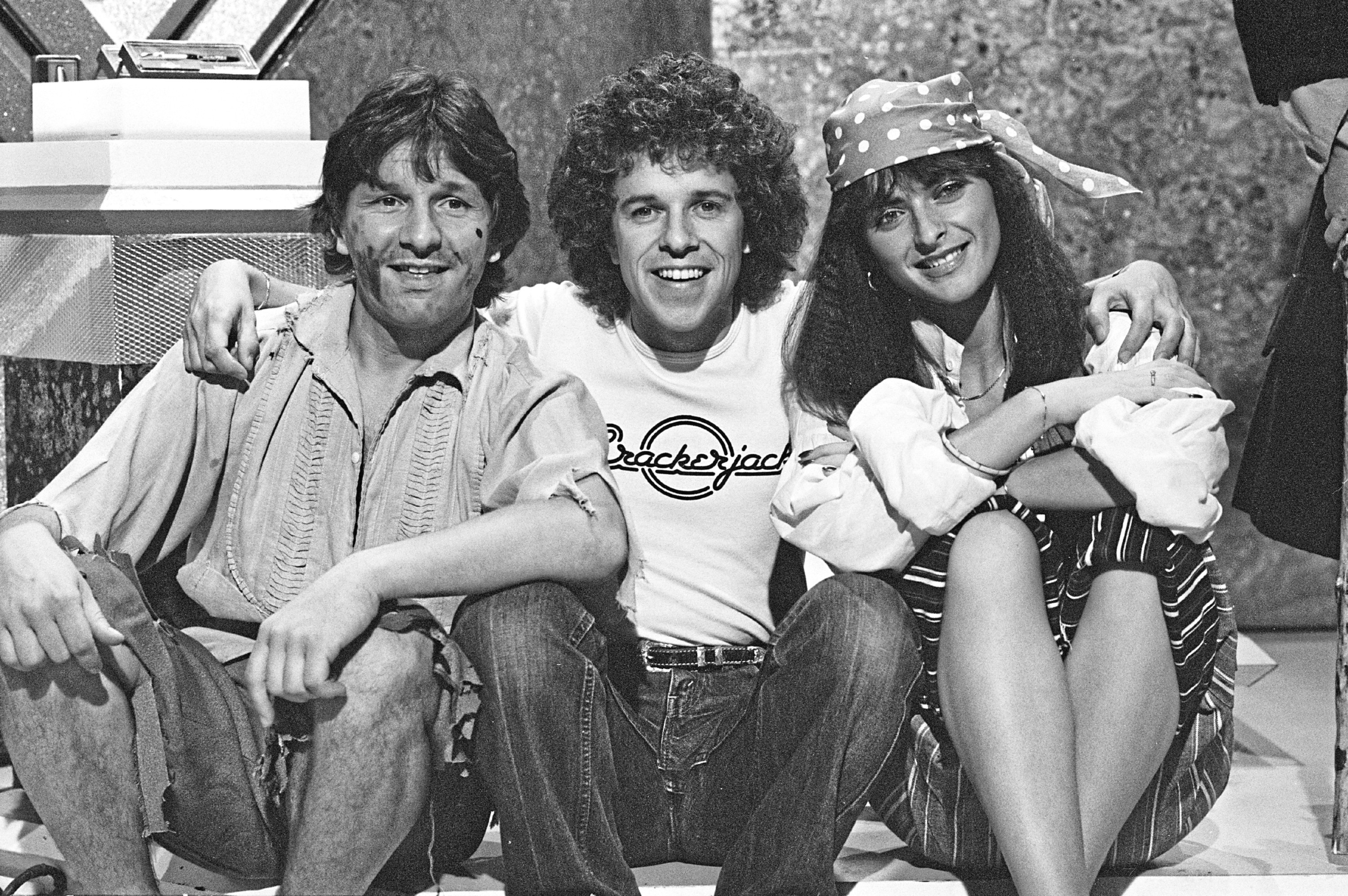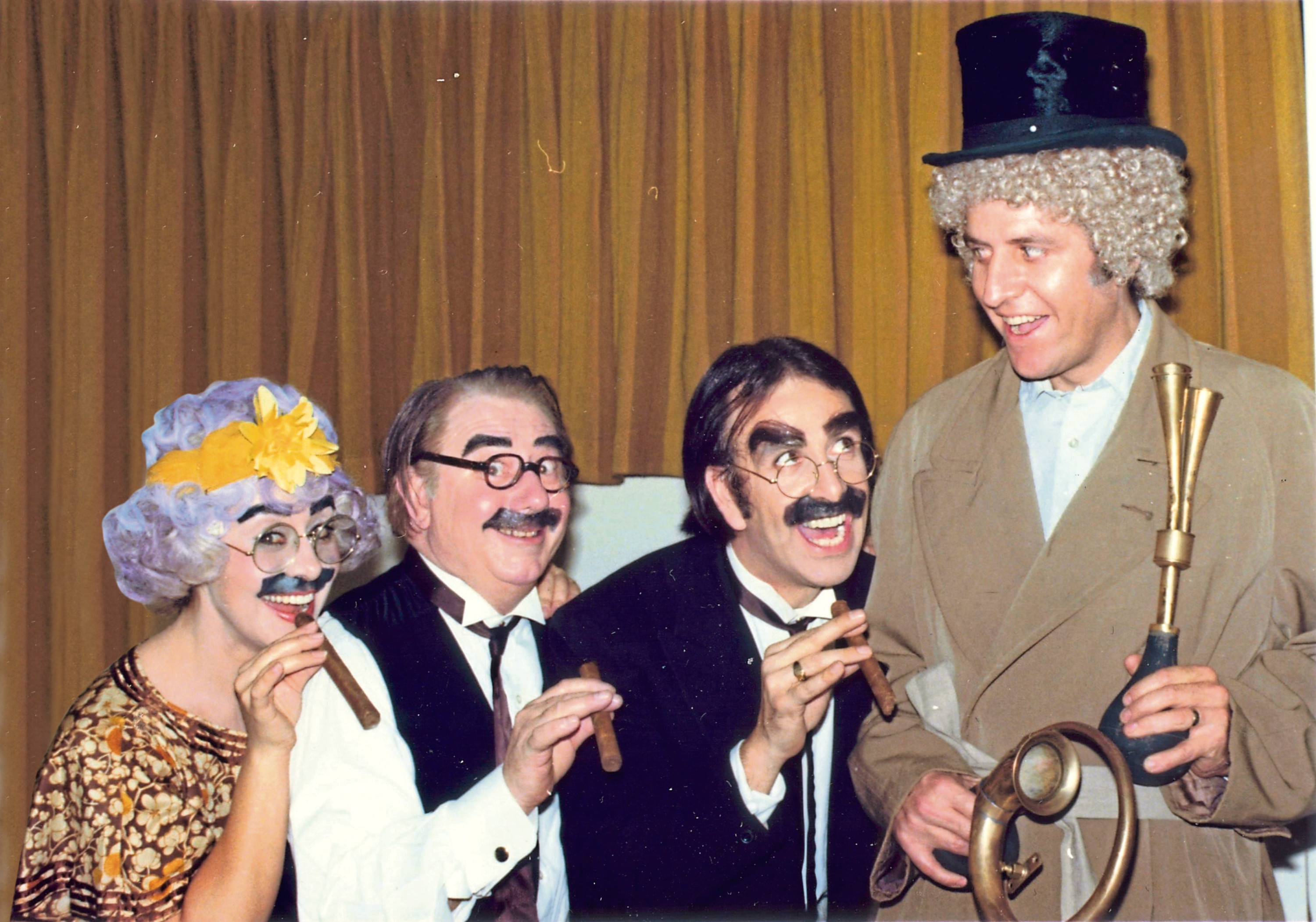
FOR British kids in the 50s through to the 80s, there was nothing on telly that came close to the excitement of Crackerjack!.
The show ran for almost 30 years, starting on September 14 1955, and featured some of the biggest names in British entertainment, from Eamonn Andrews to Leslie Crowther, Peter Glaze to Max Bygraves and The Krankies.
No-one knows more about it than Alan Stafford, who has written comedy for Matt Lucas, Mitchell and Webb, Jimmy Carr and Lee Mack among others.
Now, however, he has written a book, a very detailed one at that, on Crackerjack!.
“Radio Times did a survey with various children’s TV experts, and I think it came in at about 10th place, which is not bad,” says Alan.
“The thing about it was that you never felt it was trying to teach you anything, unlike some of the more ‘worthy’ children’s programmes.
“When Crackerjack! started, they had a thing called the Toddlers’ Truce – children’s hour was five until six, and then the TV closed down so the kids thought TV was over and they went to bed.
“Of course, it started up again an hour or so later.
“It started off at 5.15 on Wednesdays – nowhere near as memorable as: ‘It’s Friday, it’s five o’clock, it’s Crackerjack!’
“But from the start, it pitched itself as a family show, with everyone gathering round the TV.
“Most of the stuff at that time was studio-based, with no audience and, in 1955, they had still to build the BBC Television Centre. But they did have the old BBC Television Theatre, an old music hall, the Shepherd’s Bush Empire.
“The BBC had bought it for adult variety shows, and it had been suggested that they use it for a children’s audience show, too.
“With ITV ready to start, the BBC were about to have opposition, so they were given six programmes and took it from there.”
From Bernie Clifton to Don Maclean, Michael Aspel to Ronnie Corbett and Basil Brush, a host of big names would entertain kids who came in by bus from schools.
The famous catchphrase – sometimes it was “five to five” rather than five o’clock – became a phrase jokers across the country would use right through to the present day.
Winning a Crackerjack! pencil, or being given a cabbage for answering a question incorrectly, became other features we loved.
“They had a rule the children mustn’t miss any schooling,” Alan reveals, “so they would bus in only kids from local London schools.
“Early episodes had Eamonn Andrews as host, and he gave it a bit of respectability. He was a big star already but they also always had a comedy double act.
“Jack Douglas, later a Carry On star, was the straight man to Joe Baker. The sketches in the first series were all very slapstick.
“In the second series, they started doing historical parodies, and those along with the slapstick were the basis for Crackerjack!’s humour from then onwards.
“There was an anarchic feel to it, and they were quite keen on explosions!”
As for prizes, even if a Crackerjack! pencil became as sought-after as a Blue Peter badge, Alan admits it wasn’t about the prizes, but the taking part.
“It certainly wasn’t about the prizes!” Alan laughs. “What they did have to offer was the Crackerjack! pencil, which was better than it sounded.
“You thought you’d get a little wooden pencil, but it was a nice propelling pencil with a marble design.”
For folk of my 60s generation, Peter Glaze was the one who made us roar with laughter. The London-born star, who was gasping “D’oh!” long before Homer Simpson, just had one of those faces that made kids laugh.
With his thick black spectacles, tubby appearance and perfect timing, he was the ideal foil for Don Maclean.
One of his best-known sidekicks was Leslie Crowther, another stalwart of Crackerjack!, and they created a wonderful chemistry.
“Peter had worked with the Crazy Gang, understudying everyone, and he knew a lot about physical comedy,” Alan reveals. “His Cleopatra sketch with Leslie Crowther was a classic.
“It was inspired by the Liz Taylor movie, which wasn’t even complete yet but it had gone on so long that people joked it would never be ready. So Crackerjack! did the sketch around that joke. It could be quite up to the minute.
“Leslie Crowther came into it with so much energy, slickness, precision, he was likeable, inventive, and when he came along, he liked to use current or recent pop songs in the sketches.
“The pair of them would be in their historical costumes and suddenly burst into a current pop song from the charts. Leslie wrote a lot of those sketches.”
Some of the others worked better in such a format, although being on Crackerjack! would prove good for everyone’s careers.
“When Leslie left, they brought in Rod McLennan, who was not unlike Leslie in appearance.
“At first, he was doing late-night cabaret with Danny La Rue, then Crackerjack! during the day!
“When they brought back the idea of having a host, they got Michael Aspel.
“He’d been a radio actor, and was very relaxed talking to the children and doing games.
“Eamonn wasn’t great at the small talk or getting much out of the children, but Michael had this great casual, relaxed thing.
“Bernie Clifton followed Don Maclean – all teeth and energy – because you needed a tall, lanky comic to go alongside Peter Glaze.
“He didn’t quite have the energy but there was something manic about him and he brought prop comedy.
“Les Dawson had given him a hint about getting a gimmick to make him different, so he had acquired props to do that.
“He’d have a dummy cat, or make his entrance with two large biscuit tins on his feet – and the famous ostrich made its very first appearance on Crackerjack!”
For the millions of us who lived through its lengthy run, it really was bizarre, crazy, anarchic and off the wall – nothing then or now comes close to the wonderful Crackerjack!.
Cracking presenters
It’s Friday, It’s Crackerjack! The Inside Story Of A Teatime TV Classic, by Alan Stafford, ISBN No. 978-1-78196-315-9, is priced at £19.99 in hardback.
For more info, visit www.fantompublishing.co.uk/product/crackerjack/

Enjoy the convenience of having The Sunday Post delivered as a digital ePaper straight to your smartphone, tablet or computer.
Subscribe for only £5.49 a month and enjoy all the benefits of the printed paper as a digital replica.
Subscribe